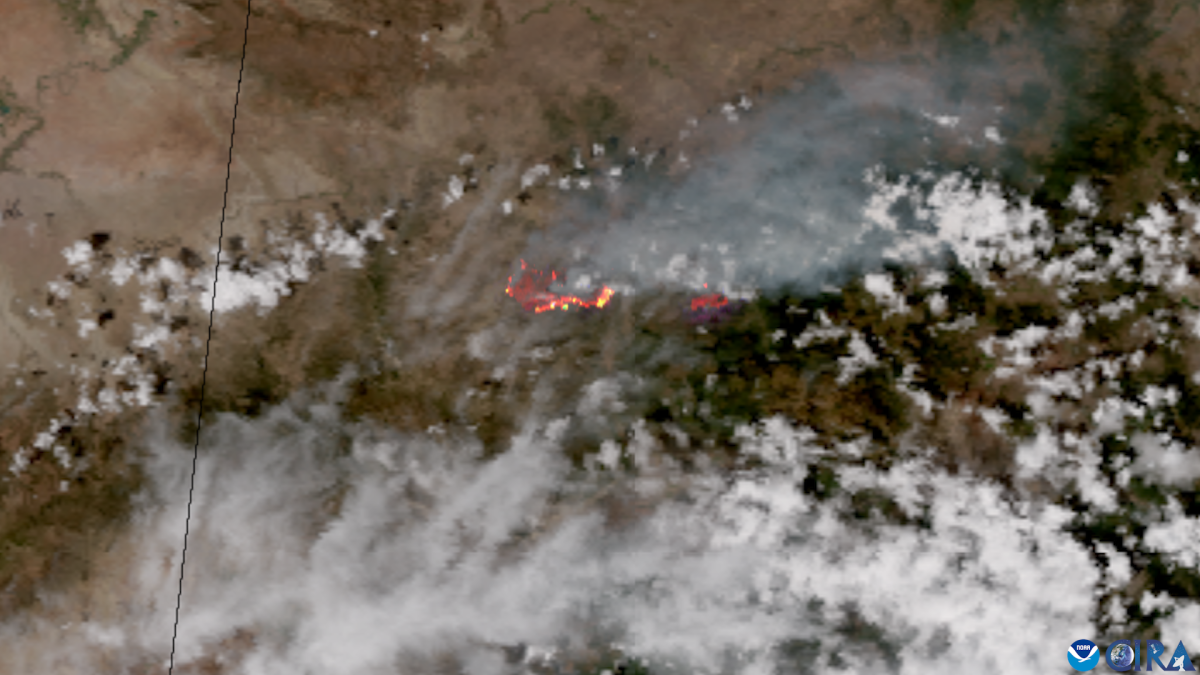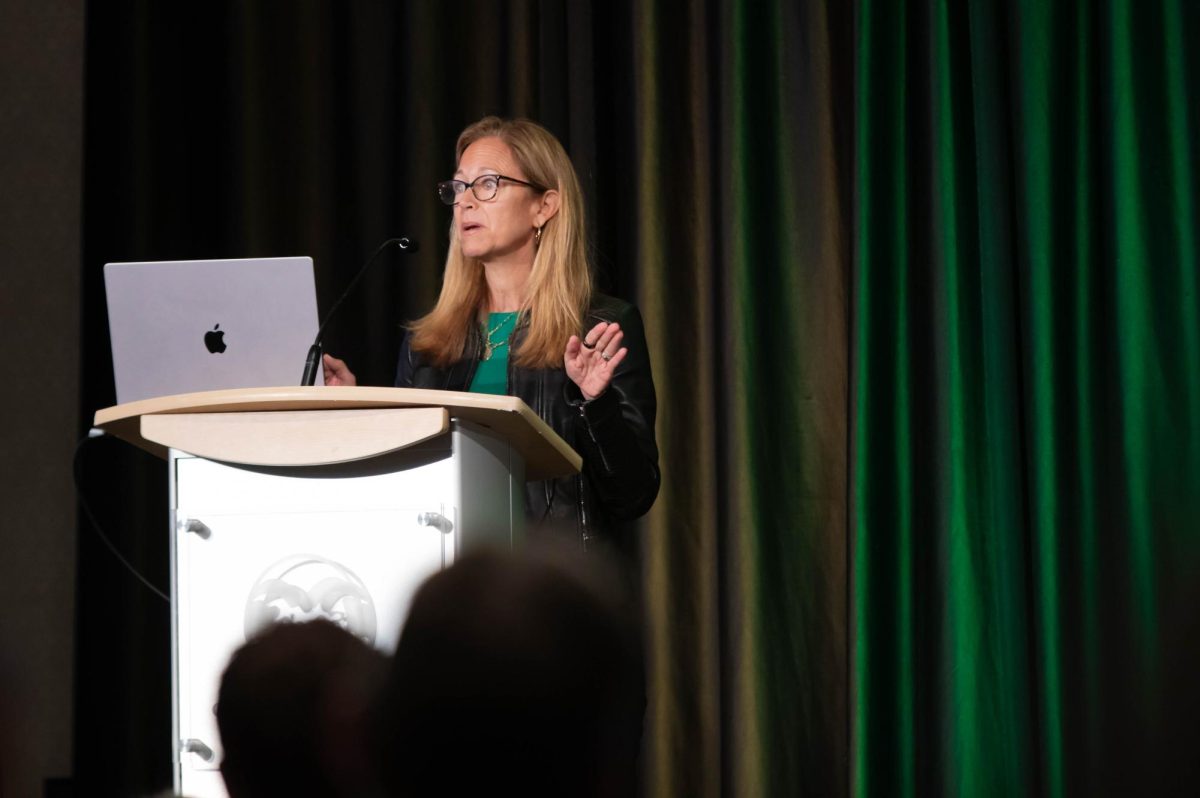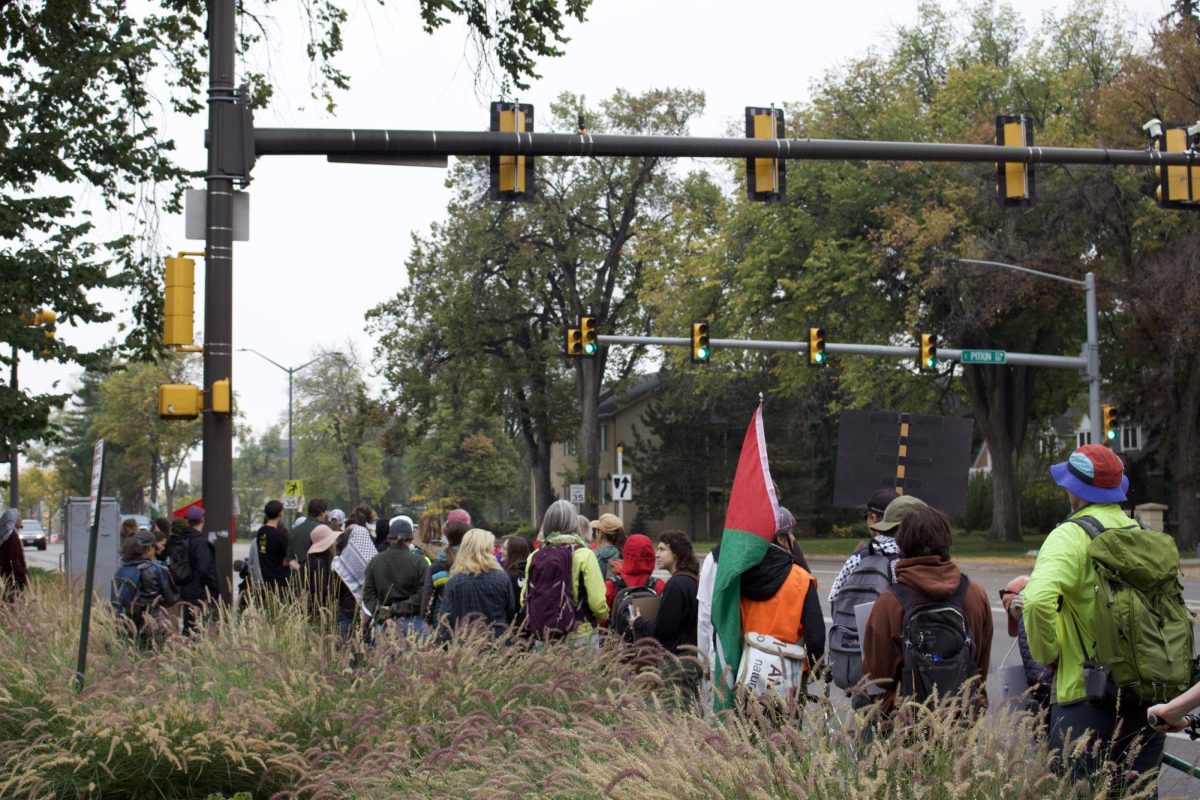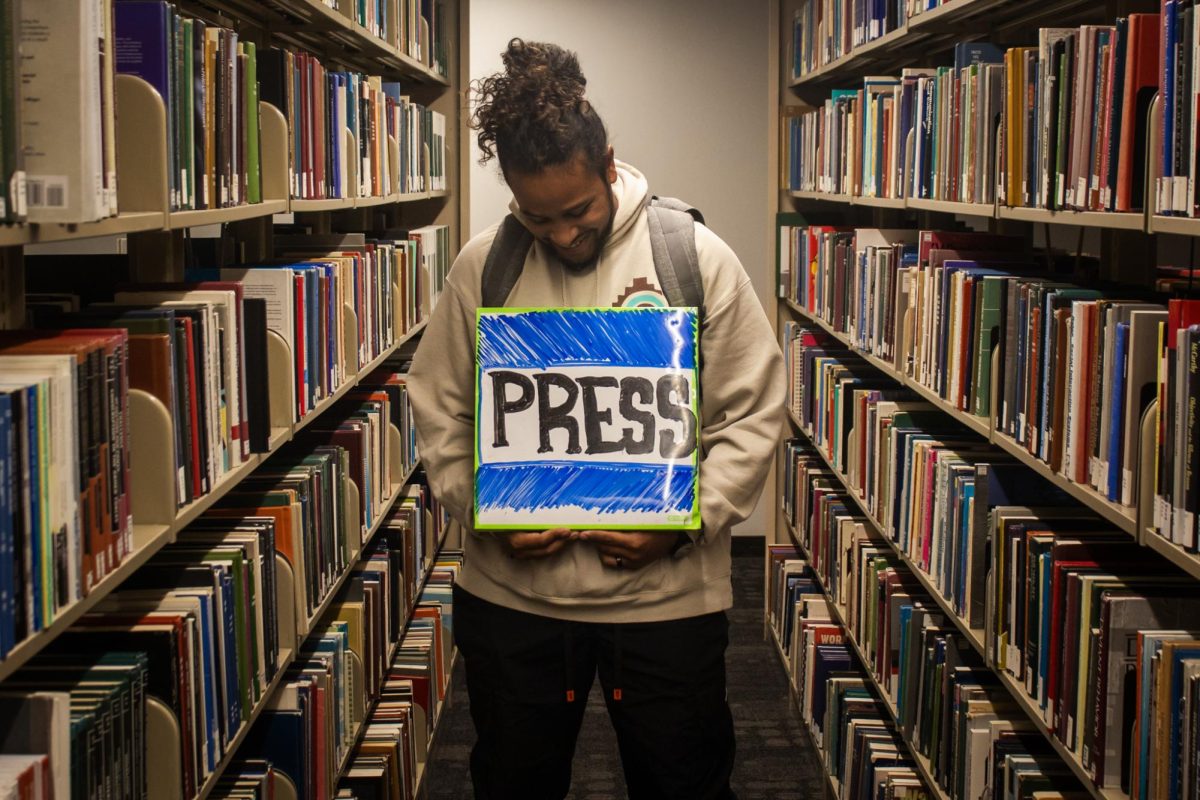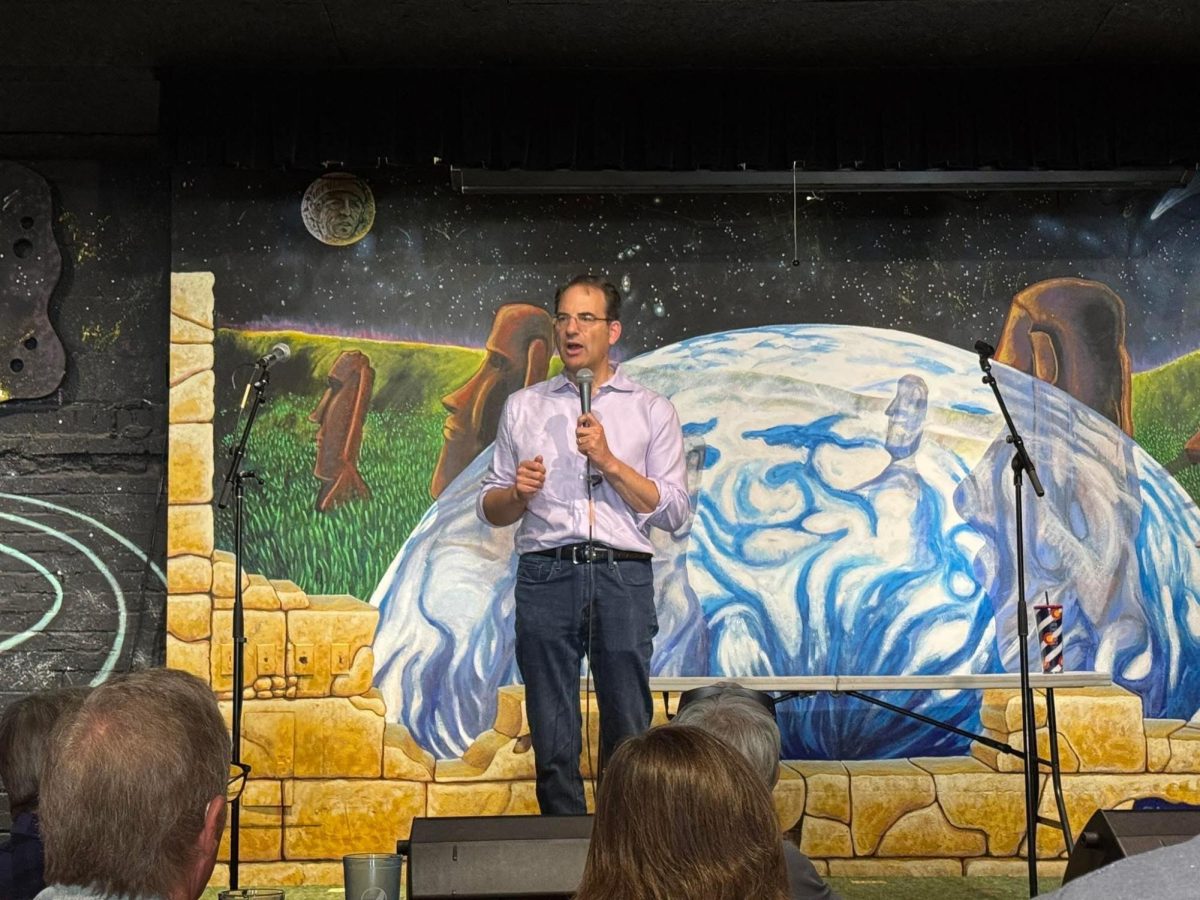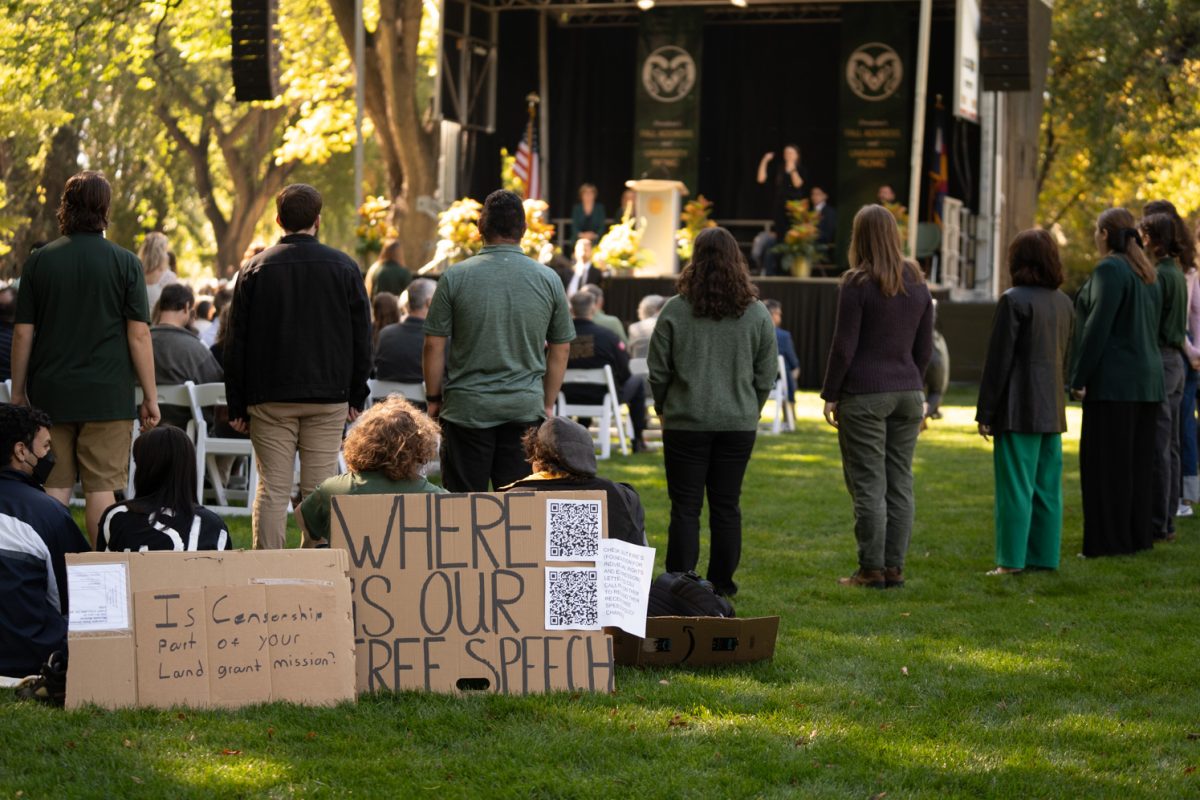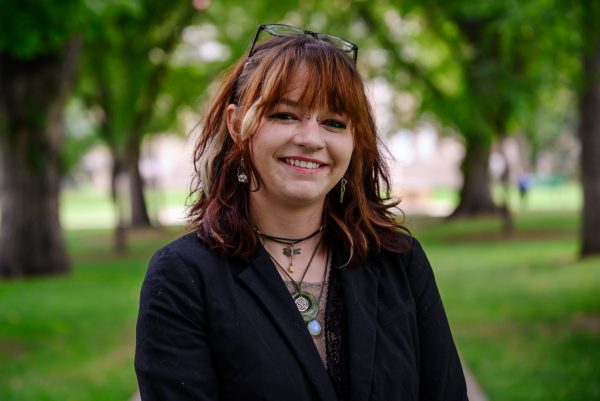Fires on the Colorado Western Slope created smoky and hazardous air conditions even in areas that are nowhere near the flames. Fort Collins was enveloped in smoke for many days in early August as the Lee Fire, the fifth-largest fire in Colorado history, burned in Rio Blanco County.
The Lee Fire was caused by a lightning strike Aug. 2 and has since covered over 137,000 acres. Lynn McAloon, a public affairs officer for the U.S. Forest Service, said the fire is now largely contained and officials are focused on rehabilitation.
“We’re going back and working on the rehabbing of those suppression areas, and we are almost done with that on the western flank of the fire,” McAloon said. “We will be continuing that repair operation over the next few days.”
Despite being almost 300 miles away, the smoke from the Lee Fire alongside smoke from the smaller Elk and Crosho fires created dangerous air quality conditions in Fort Collins just two weeks ago.
“There were those couple of days earlier in August when the path of the smoke was really aimed straight at Fort Collins from the Lee Fire, and so we ended up having the smoke plume overhead,” said Russ Schumacher, a Colorado State University atmospheric science professor.
“When (smoke) rises to a higher altitude, it also gets enhanced UV exposure, which accelerates what are called photochemical reactions, and you get what’s called secondary pollutants. One of those that’s significant is ozone.” -Lauren Magliozzi, CSU postdoctoral researcher
Westward atmospheric winds in combination with stable weather conditions caused the smoke to linger for several days, even though daily temperature changes dissipated the smoke back into the atmosphere periodically.
“If you have those mornings when you get the air just kind of stagnant down near the ground, the smoke tends to be pretty bad,” Schumacher said.
Air quality alerts were also issued to Fort Collins in part due to the ozone and fine particles the smoke brought along. Lauren Magliozzi, a postdoctoral researcher who studies the impact of wildfire smoke on aquatic ecosystems at CSU, said smoke that travels long distances is chemically different than smoke from a nearby source.
“When (smoke) rises to a higher altitude, it also gets enhanced UV exposure, which accelerates what are called photochemical reactions, and you get what’s called secondary pollutants,” Magliozzi said. “One of those that’s significant is ozone.”
Magliozzi also pointed to urbanization as a factor that can cause smoke to be hazardous to the ecosystem because pollutants emitted as a result of burning infrastructure are different from wildland fire pollutants.
“The fuels are different, such as homes, cars, people’s garbage, and when those fuels combust, we get a different smoke product,” Magliozzi said. “We also get different debris, and you can get basically a different sort of cocktail of pollutants in our ecosystems.”
According to McAloon, the known structure loss from the Lee Fire is seven primary residences and 23 outbuildings.
Although much of the thick smoke has since cleared from the Fort Collins area, Schumacher suggested Fort Collins residents continue to check the air quality on the City of Fort Collins website or on other sites like PurpleAir before going outside.
“There’s a lot of situations where the smoke can actually — if the smoke is coming from really far away — it can be settled down near the ground where we’re breathing it in, but you’re not really noticing that,” Schumacher said. “That’s actually where the conditions are kind of more dangerous because it’s not as obvious to people who are outside.”
The Lee Fire is by far the largest Colorado wildfire this summer, but it is also just one of many burning in the state right now. As wildfires break out throughout the state, McAloon urged people to help create wildfire protection plans as a form of community engagement.
“Wildfire planning sounds maybe not so cool, but it can be really helpful in being prepared for something like this coming in,” McAloon said.
There are a variety of wildfire education and planning opportunities available in Fort Collins through organizations like the Colorado State Forest Service, the Larimer County Sheriff’s Office and Northern Colorado Fireshed Collaborative.
McAloon advised that people follow local community guidelines and be aware of the less obvious ways people can start fires, like pulling over in a dry area, creating sparks from dragging chains, accidentally shooting an incendiary target or backyard burning.
“Around 90% of fires are human-caused, but not all of them are those classic, ‘Somebody left their campfire going,’” McAloon said. “There are other things.”
More information on fire prevention can be found on the Poudre Fire Authority website.
Reach Chloe Waskey at news@collegian.com or on social media @RMCollegian.



